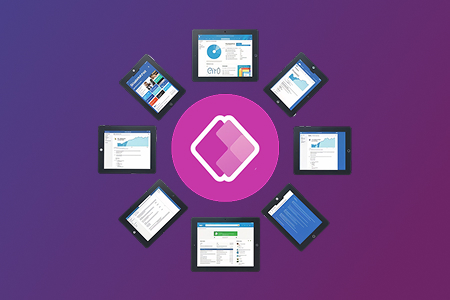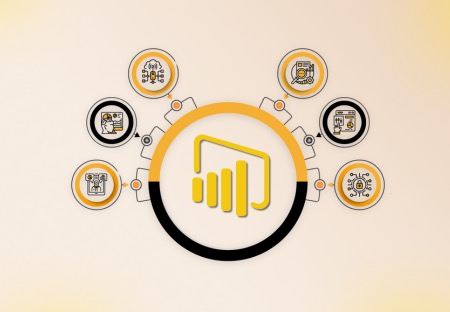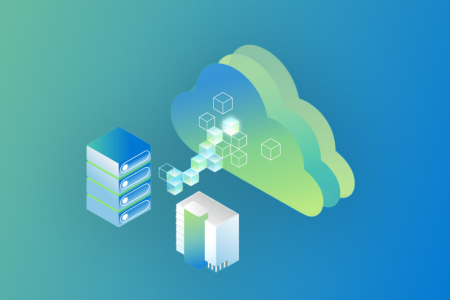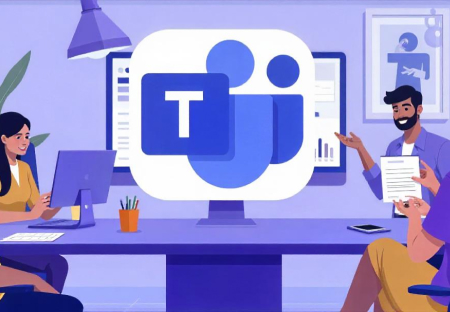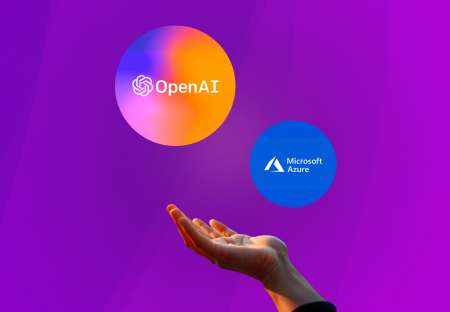The increased reliance on digital technology results in an increased dependence on cybersecurity Vulnerability Assessment. This increased reliance also results in increased cybersecurity threats. IBM estimates the average cost of a data breach at $3.8 Million in 2022. Not all businesses can afford to pay such a huge amount.
We have compiled some well-tested procedures that can help you strengthen your cybersecurity and ride the digital wave.
Understanding the New Age Threats of Cybersecurity
The new age of cyber threats is not limited to data breaches and ransomware attacks. They have become much more advanced with AI-based security analysis, crypto-jacking, facial recognition, and voice cloning via deep fake, IoT compromise, and cloud-based DDoS attacks.
Cloudflare recently stopped a DDoS attack that used a network of 5000 bots. The attack took place on a crypto platform. Further, large volume DDoS attacks increased by 81% in 2022 as compared to 2021.
Surprisingly, Deepfake Technology, which was once used for fun, has now enabled phishing attacks. Rick McRoy detected a deep fake-based voice call that caused a CEO to transfer a sum amount of $35 Million.
Further, AI-powered cyberattacks also pose a serious security risk. Existing cybersecurity tools are not enough to counter this cyber weaponry.
In the wake of such incidents, the need for advanced cybersecurity tools is growing important.
However, for a business operating with a limited team, identifying vulnerabilities, managing threat perceptions, and provisioning proper resources within a budget are increasingly becoming increasingly challenging.
Vulnerability Assessment Checkpoints
Metaorange Digital provides top-notch cybersecurity solutions to protect clients against cyber threats. Our team of certified experts leverages resource optimization strategies and helps implement automated tools and security protocols to enhance the effectiveness of security measures. With a focus on maximizing your budget, we work tirelessly to ensure that your business is secure against emerging threats at all times.
All the cybersecurity Vulnerability Assessment threats discussed above can be countered with proper planning and strategies. Here are some examples that can help you understand it better.
Identifying Critical Assets and Sensitive Data of Cybersecurity
Critical assets like CRM, Invoicing software, Financial Data, Client Information, etc., must be backed up in a multi-cloud environment. Multicloud and multi-location storage can help reduce vulnerabilities. Further, a greater budget can be allocated for safeguarding more sensitive resources.
Assessing Network Vulnerabilities
A thorough assessment of network security to identify weak points is necessary. The effectiveness of existing security protocols is also gauged. Further, a proper plan is outlined to counter any security breaches and restore system functionality.
Evaluating Endpoint and Device Security
Network endpoints are the most vulnerable points for breaches and exploits. Layman users often use laptops, mobiles, and other devices without any security software. Such users unintentionally become carriers for different types of viruses, malware, and spyware.
Businesses based on the B2C model must provide tools and resources for securing endpoints.
Sayfol School in Malaysia had a huge threat from about 2000 endpoint devices spread across the campus. USB drives and student laptops were major risk factors. To combat this situation, Sayfol’s IT team used an endpoint protection solution that did the following:
- Peripheral Control
- Content Filtering
- Scanning Internet connections
- Detection and removal of known threats
- Maintenance via a Central Security policy
Assessing User Awareness and Training for IT security
User awareness and training are perhaps the greatest security factors in any organization. According to IBM, human error accounts for over 95% of security incidents. With the average cost of cybersecurity incidents being $4 Million, it becomes increasingly necessary to have competent staff. Training, demonstrations, workshops, etc., can help prepare staff to deal quickly with incidents and restore systems.
Reviewing Third-Party and External Security Risks
Third parties also provide a significant threat to your security. In 2013, Target, one of the biggest retailers in the USA, suffered a data breach that was caused by a failure in due diligence from a third-party vendor. Hackers could access vendors’ credentials and steal the personal data of 40 Million customers.
To avoid such incidents, businesses can arrange awareness meetings with stakeholders, suppliers, and even their staff to discuss protocols and demonstrate best practices.
Implementing and Testing Disaster Recovery and Business Continuity Plans
Disaster Recovery plans are critical because they help your business get back online after security incidents. Loss of data also means loss of trust. Further, they also handicap your relations with existing clients and customers.
However, these plans are only effective as long as they are tested and implemented. According to a Spiceworks study, about 95% of companies have disaster recovery plans, but about 25% of them never test their strategies.
Untested strategies often prove disastrous in the most critical times.
Staying Up-to-Date with Cybersecurity Best Practices
Keeping up with trends through online publications, blogs, workshops, and seminars is essential. Not all of them would be equally beneficial, but a few of them will benefit you beyond expectations.
Metaorange blogs help you stay abreast with the latest trends, ideas, and best practices for helping you run your business smoothly. Further, each of our blogs extracts the best information from the internet and only shows you highly relevant information.
Conclusion
Cybersecurity vulnerability Assessment threats have evolved. Tools and security infrastructure of the past are barely enough to secure systems from new-generation threats like AI-based cyber attacks, crypto-jacking, facial and voice cloning via deep fake, IoT compromise, and cloud-based DDoS attacks.
However, there are multiple methods of security in these systems such as endpoint security, securing third-party contact points, backing up critical assets, disaster recovery plans, and a lot more.
Rather than relying on a few in-house security personnel to perform multiple jobs, you can get on a short 15-min call with Metaorange Digital. It will help you understand our methodologies close. Our cybersecurity experts have the required knowledge, experience, and tools to counter any modern-day threat while ensuring seamless business continuity.
Learn More: Cloud Transformation Services Of Metaorange Digital



